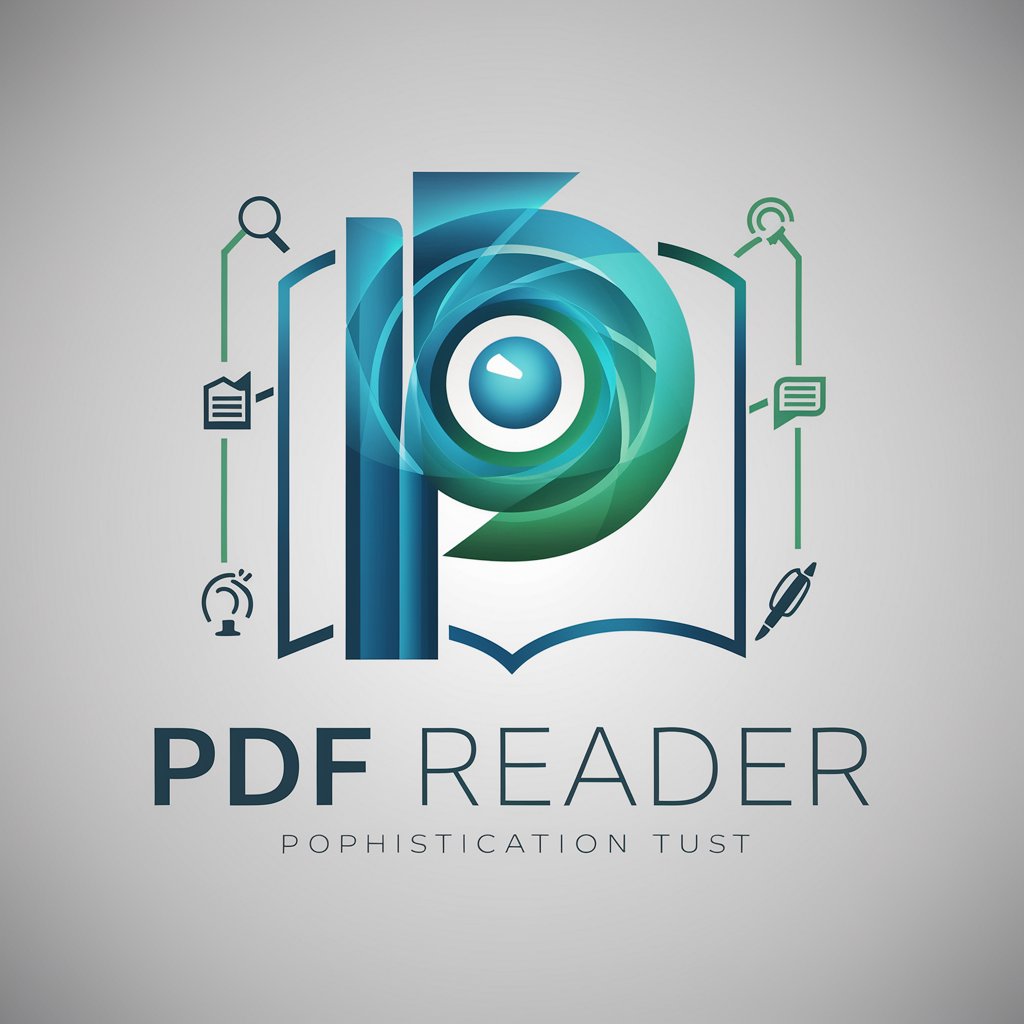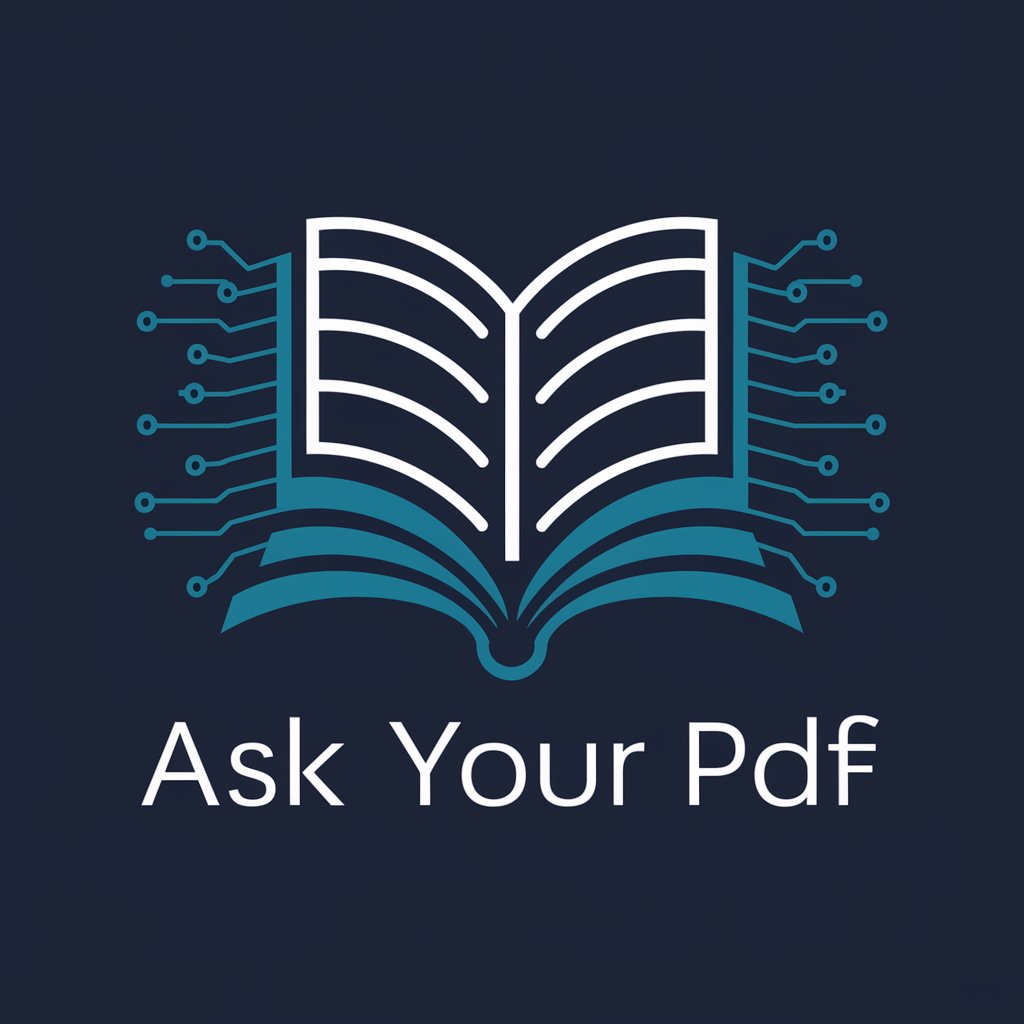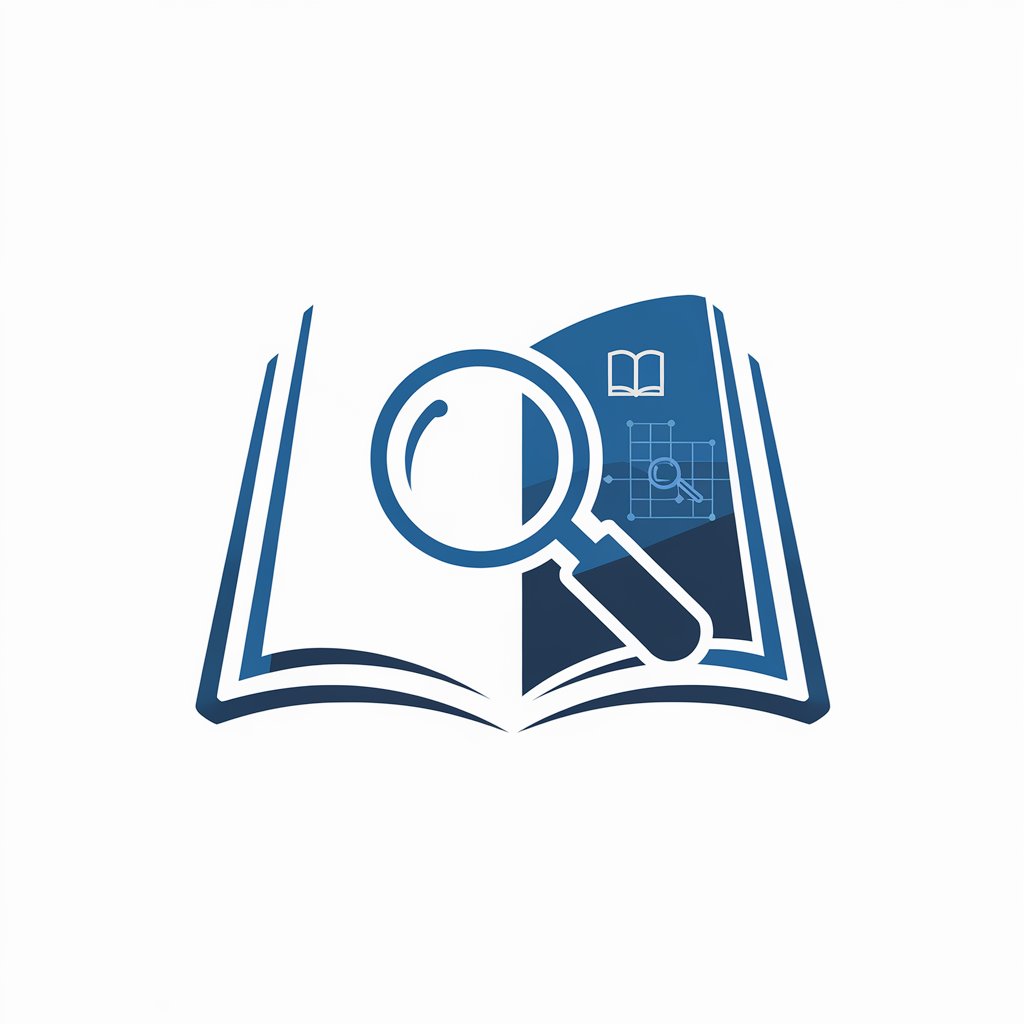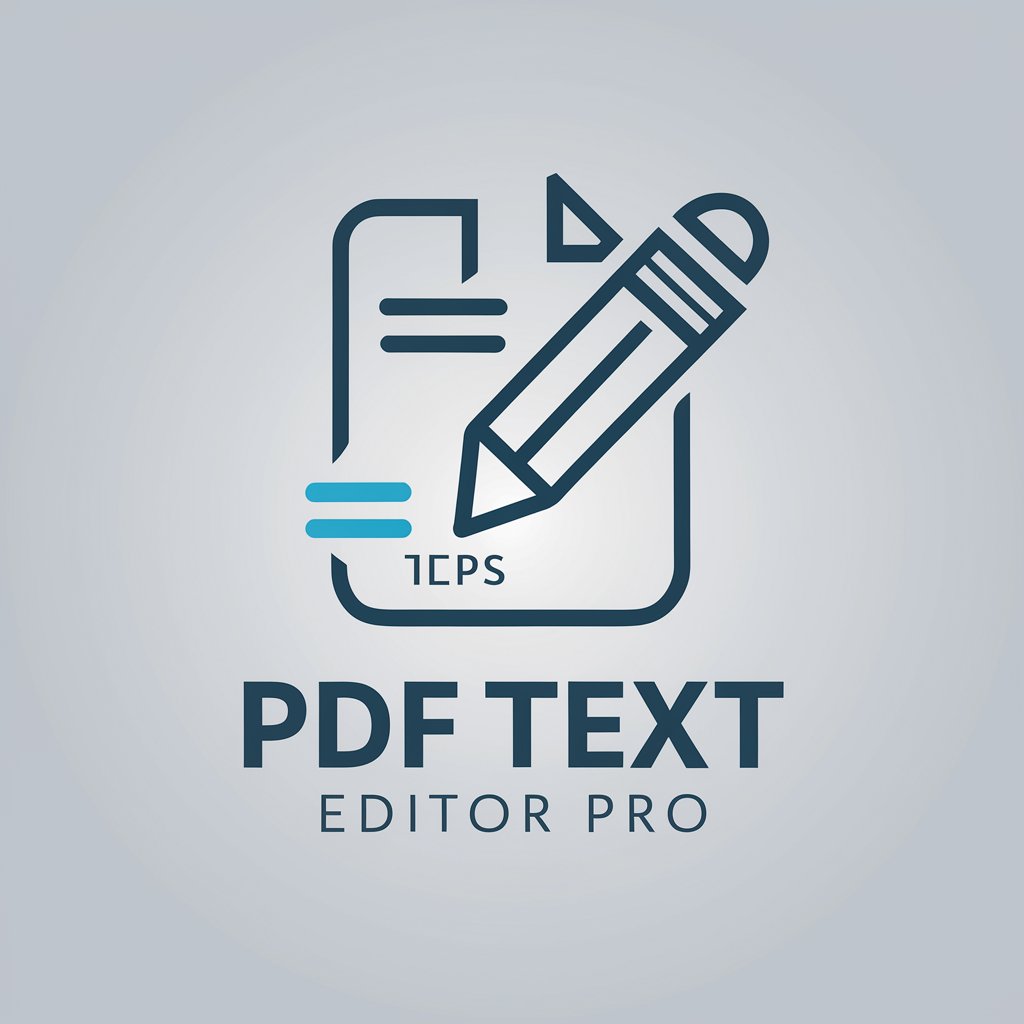
PDF translator (Academic Version)-PDF Translation with AI-powered Accuracy
AI-Powered Translation for Academic PDFs
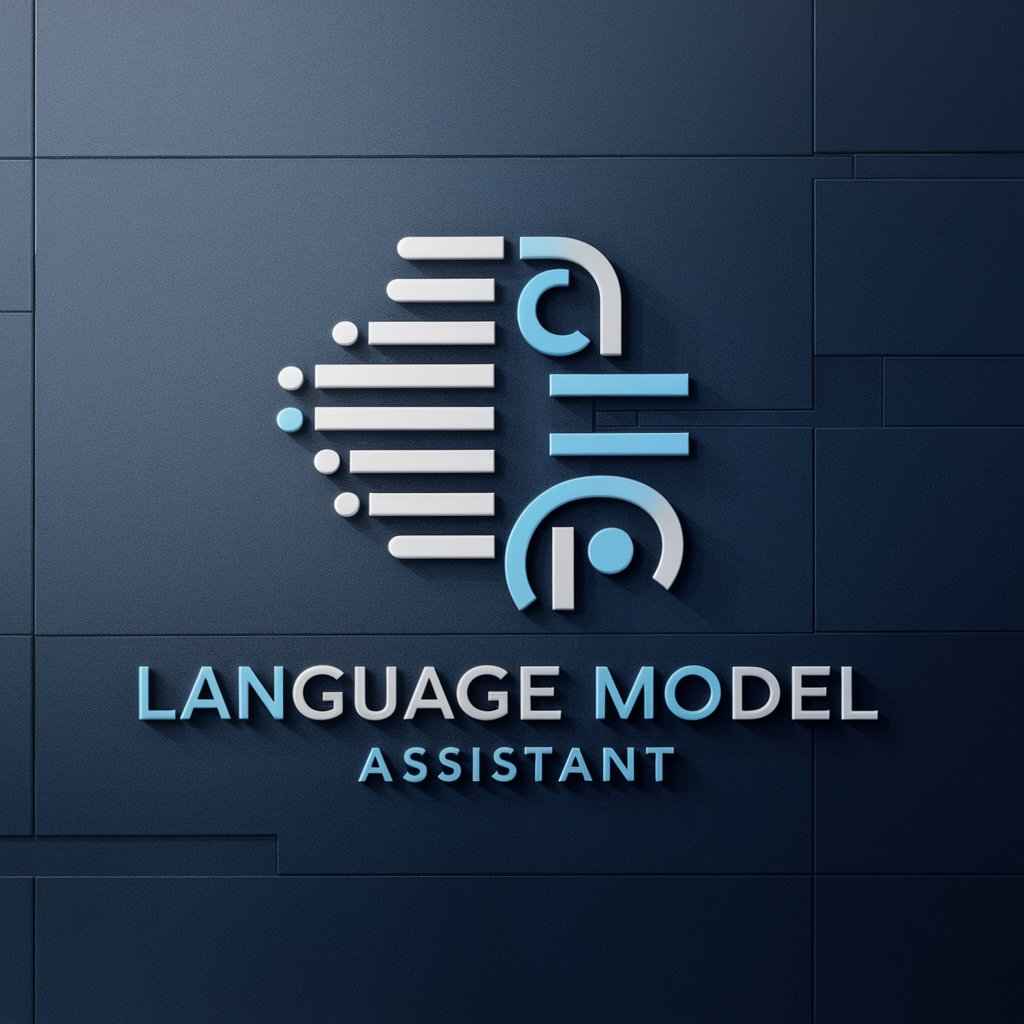
An advanced 🚀 PDF translator for researchers & students, seamlessly translating academic papers into multiple languages, ensuring accurate interpretation for global knowledge exchange 🌟. There are still some issues with this GPT and it is being continuous
👇Upload the PDF file and enter "language you want".
Or paste the text here and enter "language" 👇
Get Embed Code
PDF Translator OverviewIntroduction to PDF Translator (Academic Version)
The PDF Translator (Academic Version) is a highly specialized tool designed for academic and professional translation of text-based PDF documents. It is specifically tailored for high-quality translations that maintain the integrity, structure, and tone of academic papers, books, research articles, and similar documents. The core purpose of this version is to support scholars, researchers, and professionals by offering an automated yet highly accurate translation process for complex, technical, and academic content. The tool parses PDFs, extracts the text, cleans it up, and then translates each segment while ensuring the preservation of original formatting, citations, and academic writing style. This version is optimized for translating papers, research work, and other academic texts, where precision in terminology and professional expression is paramount. Example Scenario: If you have a research paper written in Chinese that you need to submit for an international conference in English, the PDF Translator (Academic Version) can extract the text, translate it with an academicPDF Translator Overview tone, and preserve the paper's structure, ensuring the final document meets international standards for research publications.
Main Functions of PDF Translator (Academic Version)
PDF Parsing and Text Extraction
Example
Extracting text from a multi-page PDF document with complex formatting, such as academic journal articles or textbooks.
Scenario
A user uploads a scientific article in PDF format. The tool parses the document, extracting text from each page while preserving section headers, subheadings, figures, tables, and references. This step ensures that no content is lost during the extraction process, allowing for seamless translation.
Segmented Translation
Example
Translating academic texts one segment at a time to ensure higher accuracy and maintain original context.
Scenario
A researcher needs to translate a 20-page technical manual from German to English. The tool breaks the document into manageable segments (paragraphs or pages) and translates each segment individually. This step allows the translator to handle complex terms and ensure that nuances and context are accurately preserved, which is crucial in technical writing.
High-Quality, Professional Tone Translation
Example
Translating papers that require a formal, academic tone while maintaining professional terminology.
Scenario
A scholar in Japan wants to submit their thesis to an international journal, but it is written in Japanese. The tool ensures that the translation into English preserves the academic style, including complex scientific terms, technical jargon, and proper citation format. The translation also adheres to the tone and formalities expected in professional academic writing.
Multi-language Support with Specific Target Language Options
Example
Allowing translation between multiple languages, focusing on the source and target language specified by the user.
Scenario
A bilingual research team is working on a project that involves documents in both Chinese and English. One of the documents needs to be translated from Chinese to English for a global conference. The translator ensures that the correct academic language and formatting are maintained, whether translating from English to Chinese or the reverse, depending on the user’s needs.
Structure and Citation Preservation
Example
Ensuring that translated content maintains original structure, citations, and references.
Scenario
An academic paper written in Spanish needs to be translated to English. The tool extracts the paper's sections, including introduction, methodology, results, and conclusion, and ensures that citations (such as [1], [2], or author-date citations) and reference lists are correctly preserved in the translation, allowing the paper to be easily understood and referenced in both languages.
Ideal Users of PDF Translator (Academic Version)
Academic Researchers and Scholars
Researchers, scientists, and scholars are the primary users of this tool, as they frequently need to translate research papers, articles, or books to present their findings on a global scale. The tool allows them to maintain the academic tone and structure of their work while making it accessible to an international audience. The preservation of citations and the use of professional terminology make it especially valuable for these users.
International Conference Organizers and Attendees
Conference organizers and attendees often need to submit or present papers in multiple languages. By using the PDF Translator (Academic Version), they can easily convert papers, abstracts, and presentations from one language to another, ensuring that language barriers do not impede communication or knowledge sharing at the conference.
Universities and Educational Institutions
Educational institutions that require the translation of academic materials, textbooks, journals, or research papers for a diverse international student body or faculty members can greatly benefit from the tool. This includes translating course materials for bilingual programs or ensuring that international publications are accessible to students in multiple languages.
Publishers of Academic Journals
Publishers who deal with multi-lingual academic content benefit from the translation tool to ensure that their publications can reach a global audience. The tool can be used to translate submitted articles from non-English-speaking authors, making them suitable for publication in international journals, while ensuring that the academic integrity of the content is preserved.
Translation Agencies Specializing in Academic Content
Translation agencies that focus on academic content can leverage this tool to speed up the translation process, ensure quality, and reduce the risk of errors in terminology or context. The PDF Translator (Academic Version) can streamline their workflows, especially when dealing with large volumes of academic documents.
How to Use PDF Translator (Academic VersionPDF Translator Guide)
Visit aichatonline.org for a free trial
You can access PDF Translator (Academic Version) on aichatonline.org without needing to log in or purchase a subscription. A free trial is available, so you can experience the tool firsthand before committing to any plans.
Upload your PDF document
Once on the platform, simply upload the PDF document that you want to translate. Ensure the document is clear and not encrypted, as the tool works best with readable PDFs.
Select the source and target languages
After uploading your PDF, choose the source language (the original language of your document) and the target language (the language you want the document translated into). The tool supports various languages, including Chinese and English.
Start translation by selecting the 'Translate' option
Once the languages are set, click on the 'Translate' button. The tool will process each pagePDF Translator Guide of the document, translating the content while maintaining its original structure.
Download or copy the translated text
After translation, you can download the full document or copy the translated sections. The translation is formatted to ensure academic integrity, with headings, references, and structure preserved.
Try other advanced and practical GPTs
ミッドジャーニー リアルプロンプター NEO
Generate highly detailed AI prompts for photorealism.

AI Music Prompt Generator
AI-powered songwriting, from vibe to verse.

Educational Worksheet Wizard
AI-powered tool for custom worksheets

GraphQL
AI-powered GraphQL APIs. Simplified.

Personal Stylist
AI-powered fashion insights for every occasion

Multiverse Christian
AI-powered theology rooted in quantum faith

LifeScribe: Your GhostWriter GPT Pro
AI-powered writing partner for every story.

ESTADISTICA
AI-powered problem solver for statistics and probability

Alpaca Dataset
AI-Powered Dataset Builder for Q&A and Prompts

PGC-GPT( Plan General Contable)
AI-powered guide to Spanish accounting rules

角色注入提示词
AI-powered role-based prompt builder for any task

ESL/EFL Lesson Planner
AI-powered lesson planning for language teachers.

- Academic Writing
- Research Papers
- Document Translation
- Technical Documents
- Multilingual Support
Frequently Asked Questions about PDF Translator (Academic Version)
How accurate is the translation?
PDF Translator (Academic Version) uses advanced machine learning algorithms to ensure high translation accuracy. However, the quality of the output depends on the complexity of the text. For highly technical documents, review by a subject matter expert is recommended.
Can I translate large PDF files?
Yes, the tool supports large PDF files. However, for optimal performance, it's recommended to split very large files into smaller segments if they exceed the tool's handling capacity.
What languages can be translated?
The PDF Translator (Academic Version) supports a wide range of languages, including but not limited to English, Chinese, Spanish, French, and German. You can select from the supported languages to translate documents effectively.
Will the formatting of my document be preserved during translation?
Yes, the tool is designed to maintain the original formatting of your document. This includes headings, paragraphs, tables, and references, ensuring your academic content stays intact.
Is there a limit to the number of PDFs I can translate?
The free trial has some limitations on the number of documents you can translate. However, if you choose a subscription plan, you will have access to unlimited translations, depending on the plan you select.

